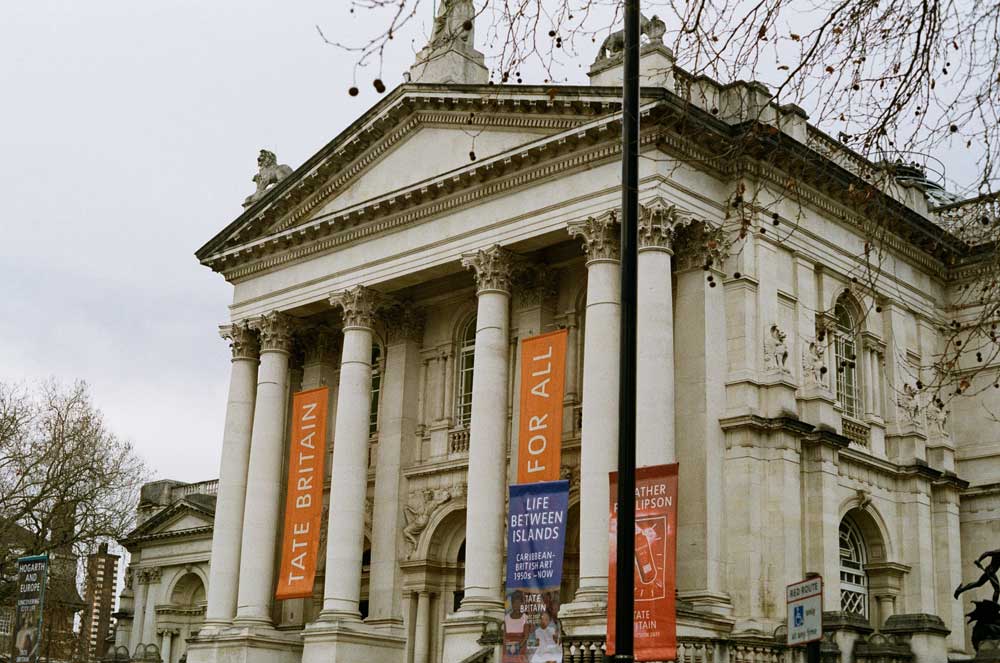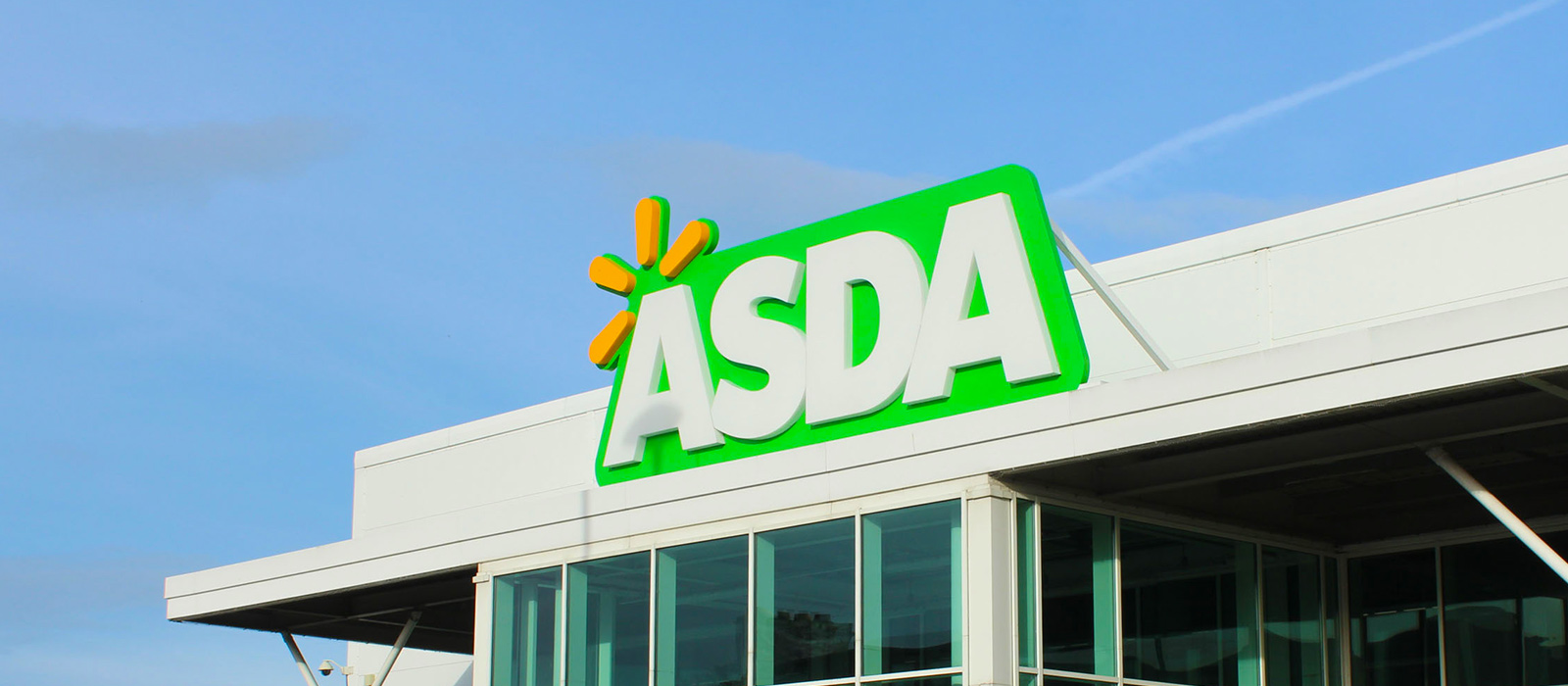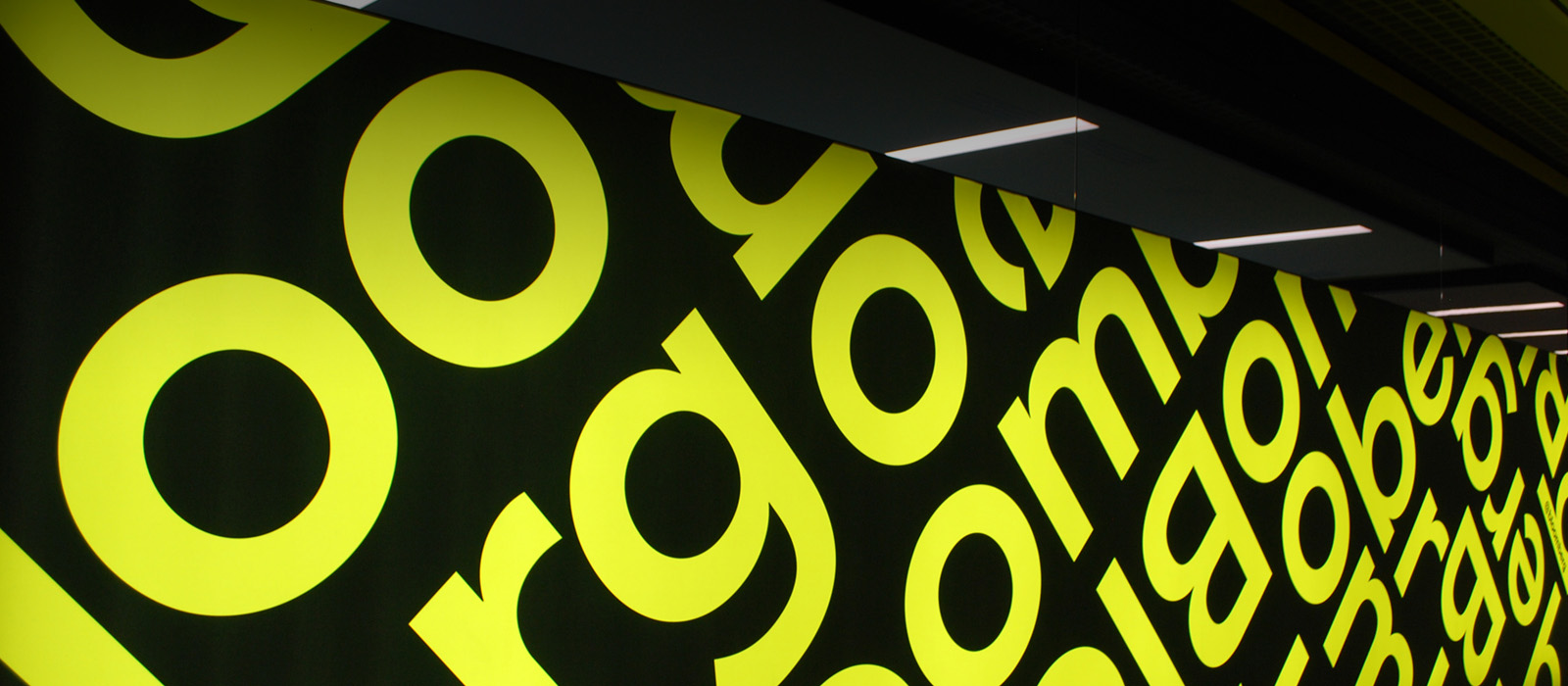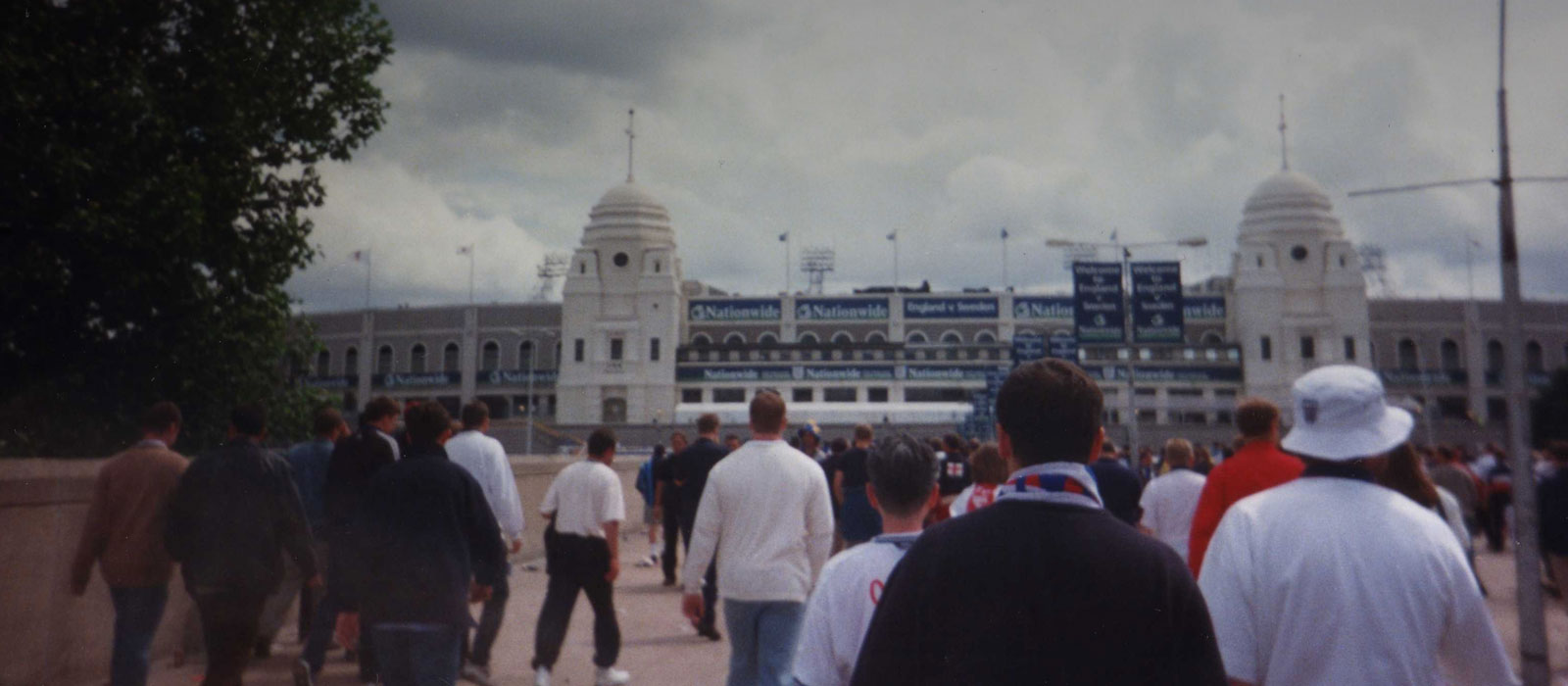This is part of short series of articles taken from the world’s first Management Report on Sponsorship written by Richard Busby of BDS Sponsorship and published by the Financial Times. These iconic case studies are on sponsorship programs that have taken place in the past but are still, we believe, very relevant to a wider understanding of the world of sponsorship today.
Opinion leaders are difficult to reach through conventional forms of advertising. Still, they can often be targeted effectively through corporate hospitality events – a benefit exclusive to Tate Gallery sponsors and corporate members. Therefore, the research seeks to obtain an ongoing measure of their experience of the Tate in the context of other arts venues, how effective sponsorship at the Tate is in helping to reach these elite audiences and, as opinion leaders, their attitudes towards key sponsorship issues.
Methodology:
Annual surveys were undertaken with potential and existing sponsors. In-depth interviews were conducted face-to-face at the respondent’s place of work.
Each year, MORI carries out three waves of research among visitors to the Tate Britain as they are leaving the gallery. Interviews are conducted face-to-face with a sample of at least 250 visitors.
Interviews with opinion leaders are also carried out face-to-face. At least 100 MPs are interviewed with a sample structure to be representative of the Houses of Commons. The captains of industry survey involves interviews with approximately 80 chairman or chief executives of companies in The Times Top 500 companies. Surveys of editors take place every two years and include some 35 editors from national and regional press periodicals and broadcast media.
Findings:
The interviews reveal that the primary objective is to influence key opinion leader groups which cannot be reached through conventional advertising channels. Secondary objectives include image-building and corporate social responsibility.
Sponsors’ image of the Tate Britain is that it is an innovative, high quality and professional organisation which offers the opportunity to target key opinion leaders effectively.
As sponsors they expect to receive credit for their sponsorship on all materials. The Tate has used this information to help negotiate crediting with the media and thereby increase the amount of media crediting that its sponsors receive.
Entertaining at Tate Britain is a privilege exclusive to current sponsors and corporate members. The importance of retaining this is demonstrated in Table 10.5.
Tate Britain now sends out this table with all sponsorship proposals and all current sponsors and corporations in order to justify their involvement with the gallery. It shows Tate Britain to be the most popular venue among all the major London arts organisations for attendance by MPs at corporate events.
The research shows the majority of MPs are in favour of sponsorship of the arts, especially conservative MPs. Members support the press mentions of sponsors when an exhibition or event is being reported, unlike editors who first saw enforced crediting as an intrusion into their professional domain.
Tate Britain is the second most popular corporate entertainment venue among the captains of industry. Sponsorship of the Tate Gallery is perceived by this group within the context of corporate hospitality, especially in terms of the opportunities this affords to access elite audiences. The main advantages in this regard are thought to be the pleasant, relaxed environment and the opportunity to ‘soft-sell’ in a non-commercial situation.
Attendance of corporate functions at arts venues
| Captains % | All MPs % | |
|---|---|---|
| Royal Opera House | 68 | 16 |
| Tate Gallery | 51 | 29 |
| English National | 43 | 3 |
| Opera (Coloseum) | ||
| Royal Academy of Arts | 39 | 4 |
| National History Museum | 32 | 12 |
| National Portrait Gallery | 32 | 17 |
| National Gallery | 26 | 13 |
| Science Museum | 18 | 13 |
| Royal National Theatre | 16 | 2 |
| RSC | 16 | 3 |
| Globe Theatre | 7 | 1 |
| Any | 91 | 47 |
| 1-3 venues | 45 | 37 |
| 4-6 venues | 35 | 11 |
| 7-9 venues | 9 | 0 |
| 10-11 venues | 1 | 0 |
| Base: All | (88) | (102) |
Tate Gallery visitors
Visitor profiles show that Tate Britain’s audience is up-market compared with the population as a whole, with almost half under 35 years old – a key audience in terms of creating general public awareness for certain sponsors. This research enables the Tate to demonstrate visitors’ opinions of the sponsorship, their knowledge of the sponsor’s area of business, as well as what they read, why they were influenced to visit the Gallery and where they are from.
The research indicates to Tate Britain that visitors are well aware of the benefits of sponsorship to both sponsor and Gallery; they see the Gallery’s benefits as mainly financial, including support for exhibitions and buying new art. Their perceived advantages for sponsors are publicity, advertising and enhancement of their corporate image. Visitors do not appear to see a conflict between the art and the educational role of the Gallery and the commercial nature of financing the collections; and special exhibitions. Indeed, the majority have a better (or the same) impression of companies that do sponsor the visual arts.
Tate Britain has been able to use this research to contribute to its sponsorship success as indicated in its business relationship with Ernst & Young.
Case Study: Ernst & Young Sponsoring the Cézanne Exhibition at Tate Britain
Overview:
The Cézanne exhibition took an in-depth look at all phases of Cezanne’s career. It took four years to assemble and involved bringing over 166 works from all over the world together for the first time. Promotion of the Cézanne exhibition started early. In November 1995, just 8% of visitors to Tate Britain were aware of Ernst & Young as a sponsor at the Gallery. Yet once the exhibition opened in February 1996 over 54% of visitors were aware of the partnership.
Awareness for Cézanne was so high that 34,000 tickets were booked before the exhibition even opened in London. PR, all of which credited the sponsor, included:
- TV coverage in Omnibus;
- 60-second programmes;
- a radio programme;
- editorials in the press;
- press trips to the Cézanne exhibition in Paris in August 1995, followed by a trip to the artist’s studio in Aix-en-Provence;
- Sunday Times competitions, poster promotions and a Funday Times competition for children;
- advertisements in the Financial Times;
- posters on London buses and London Underground;
- a Pret-a-Manger Cézanne-wich;
- table top promotion in London outlets of Café Rouge restaurant chain;
- Harvey Nichols shop front windows.
- An independent media evaluation valued Ernst & Young’s media credits at £500,000.
Partnership Objectives
Ernst & Young had four main objectives it wanted to achieve through sponsoring the exhibition. These were:
- Bring Cézanne to new audiences.
- Make Ernst & Young ‘famous’ in the business community.
- Build relationships with clients and contacts.
- Involve the firm’s partners and staff.
The first objective was achieved as the Cézanne exhibition proved to be the most popular exhibition in the Tate Britain’s history to date:
- 9 out of 10 people were positive about the exhibition;
- 408,688 people visited the 12-week exhibition;
- 11,000 visitors joined the Friends of Tate Britain;
- 76% of visitors were under 55 and 43% were under 35;
- 17,513 school students came in groups;
- Nearly 60,000 catalogues and picture books were sold in the Tate Britain shop.
What Benefits did Ernst & Young Receive?
Key Benefits:
- Branding on 60,000 catalogues sold in the Tate Britain shop;
- Articles in the national and local press;
- Accreditation on local radio;
- Accreditation on television;
- Promotion of corporate identity and brands to trade and consumers;
- Free and discounted tickets;
- Hospitality;
- Internal and external branding.
These benefits helped deliver Ernst & Young’s objective of becoming ‘famous’ in the business community. Additionally Ernst & Young were able to leverage considerable corporate hospitality out of the sponsorship. This is reflected in the impressive statistic that there was a 100% acceptance rate from FT-SE 350 board members, key clients of Ernst and Young, for the opening dinner. Moreover Ernst & Young entertained 5,500 clients and contacts on 44 occasions and were recognised as the sponsors by 50% of the visitors. New business resulted from opportunities to build relationships at the various client events. This achieved their third objective, to build relationships with sponsor’s clients and contacts.
Employees favour a sponsorship of this nature. To achieve the fourth objective to involve the firm’s partners and staff, Ernst & Young undertook a number of initiatives. Weekly bulletins were sent to all partners and staff in 26 offices and mini exhibitions were created in 20 UK offices telling the sponsorship story.
The main benefits for the employees included:
- Complimentary tickets to all partners/staff;
- Discounts in the Tate Britain shop;
- Curators’ presentations;
- Private views;
- Visits to Tate Britain’s conservation department;
- Special children’s workshops.
Over 9,000 Ernst & Young staff visited the exhibition using complimentary tickets.
Conclusions
Innovative PR created a huge interest, which guaranteed that the sponsorship was rarely out of the public eye, both before and during the exhibition. Ernst & Young is highly experienced in creating business partnerships with arts organisations and this is reflected in the level of success the sponsorship achieved.
Just how effective sponsoring exhibitions like Cezanne is considered to be by captains of Industry is reflected in the following comments:
‘Gets your name known – repays similar hospitality, develops relations with customers and opinion formers and supports that particular arts body.’
‘Getting publicity. Managing to meet with their customers in an informal environment, fulfilling social obligations.’
‘Publicity – reason they did it was to get their clients to increase their clientele which they claim to have succeeded in doing.’
‘It promotes the company to the City and the business world – to the people with whom we will do business. Also based on a belief that we want to try and improve the environment.’
‘The publicity, the added image of not just being about business.’
‘Getting clients together in an agreeable environment and trying to catch their attention by giving them something they enjoy.’
‘The ability to attract the right sort of people by having something new and novel (and attractive to the public) – you can quite easily get quite a big collection of customers, or contacts, whatever you need to work with, during the course of a reception.’
‘Exposure to audiences broader than they would normally come into contact with.’
‘Presumably they are viewed as a drawing card to get important guests to spend time with you.’
‘Helps to promote and sponsor the arts and show the company itself to be a responsible member of overall society.’
The case study, whilst almost thirty years on, demonstrates the benefit of an arts organisation realising the sponsor’s requirements, particularly in reaching opinion formers and prospective or current clients through the 44 events they hosted at the Tate and entertaining 5,500 very targeted guests.
Last Updated on May 16, 2024





